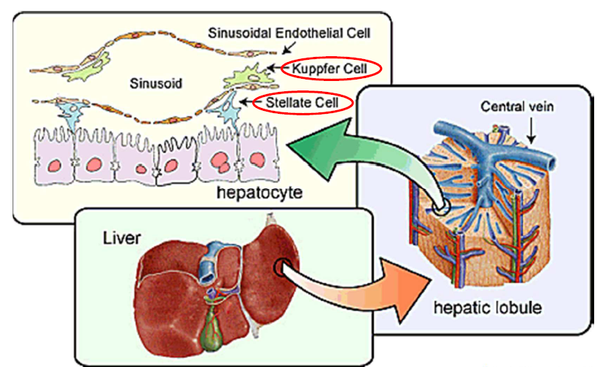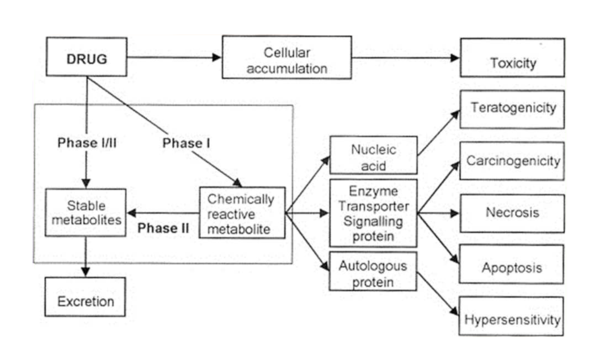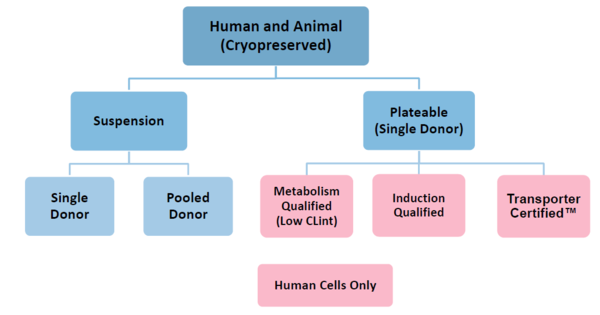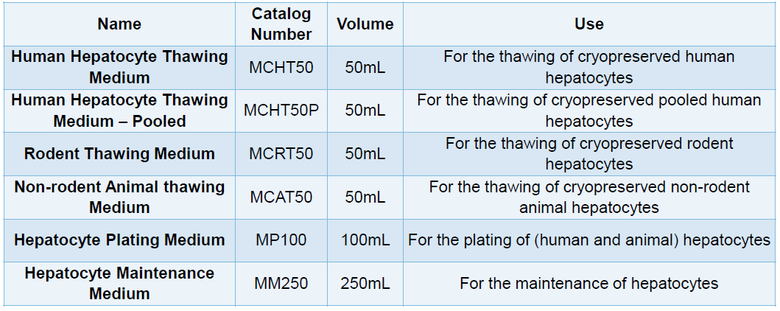With the acquisition of Triangle Research Labs, our supplier Lonza expanded their already broad range of cells to include hepatocytes.
Which products are new in the offer?
- Fresh hepatocytes: suspension or preplated, human or animal
- Cryo Hepatocytes: Qualified for suspension or human or animal applications
- Cryo NPCs (Non-Parenchymal Cells): Kupffer cells, Stellate Cells (Stern cells)
- NoSpin HepaRG ™: Hepatocyte-like cell line, high reproducibility, fully differentiated, cryopreserved
- Suitable, special media
Hepatocytes, the main cell type in the liver, are mainly responsible for the detoxification and metabolism of various compounds.

Hepatocytes are often used in research as an in vitro model for the liver.
Connections in metabolism:

Fresh hepatocytes:
They can be used for all applications and are available in two formats:
- Suspension
- Plated in 6, 12, 24, 48 and 96-well format, with and without overlay
The dates of isolation of animal hepatocytes are planned and orders can be placed accordingly.
Isolation of human hepatocytes cannot be planned in advance. Customers who have expressed their interest in advance will be informed about the availability at short notice.
Cryopreserved hepatocytes:

They are characterized for specific applications and available immediately.
IN WHAT AREAS OF RESEARCH HEPATOCYTES ARE USED?
ADMET
Metabolism studies, drug-drug interactions (DDI), transport studies, toxicity studies.
In Vitro Disease Modeling
Hepatocytes are used as in-vitro models for various liver diseases: NASH, Fatty Liver Disease, Diabetes, Malaria, HBV, etc.
Co-cultures with non-parenchymal cells
Advanced Culture Models aiming to find models that have better in vivo predictability. These are for example 3D cell cultures, Xenograft Mouse, Microtissues.
WHICH APPLICATIONS ARE HEPATOCYTES USED FOR?
In vitro, hepatocytes are often used for numerous ADMET applications, keyword drug discovery. ADMET stands for:
Absorption - a substance is absorbed into the body circulation
Distribution - a substance is distributed in the body
Metabolism - the irreversible transformation of a substance into a metabolite
Excretion - a substance is removed from the body
Toxicity - a substance has negative effects on the body
DRUG METABOLISM (DM)
Pharmacokinetics (PK) - the effect of the body on a substance
DRUG TOXICITY
Pharmacodynamics (PD) - the effect of a substance on the body
PLATED CRYO-PRESERVED AND FRESH HEPATOCYTES WILL BE USED FOR:
Drug Drug Interactions
- Induction - it is investigated whether a substance has an accelerating effect on the rate of metabolism of an enzyme involved in metabolism in vitro. This may result in in vivo inefficiency or toxicity of a prodrug.
- Inhibition - It is investigated whether a substance has a slowing effect on the rate of metabolism of an enzyme involved in metabolism in vitro. This may result in in vivo inefficiency or toxicity of a prodrug.
Hepatic Transporters - studies to determine if a substance is a substrate, inducer, or inhibitor of the uptake or efflux transporter.
Hepatotoxicity studies investigate whether a substance or its metabolite is toxic to hepatocytes.
CRYO SUSPENSION AND FRESH HEPATOCYTES ARE USED FOR:
Base metabolism:
- Reaction phenotyping: which drug-metabolizing enzymes are involved in the metabolism of a substance
- Metabolic profiling: which class of compounds is formed as a metabolite of a substance
- Species Comparison: Comparison of the metabolic profile of several species in vitro as a basis for deciding which species will be used in vivo
- Metabolite ID: Evidence of the exact identity of a compound as a metabolite of a substance
- Metabolic Stability / Intrinsic Clearance: Determining the rate of transformation of a substance into its metabolites
NOSPIN HEPARG
This product is a cell line that behaves like primary hepatocytes. The cells are a fully functional human hepatocyte cell line with adult phenotype.
The advantages:
- Fully differentiated, no centrifuging, resuspending or cell counting necessary
- Usable for many applications, e.g. metabolic studies, DDI, transport studies, disease modeling etc.
- Over 200 scientific publications worldwide
- Lot to Lot consistency
- Long-term cultures possible with less media change
- Easier to process than primary cells
CRYO-PRESERVED NON-PARENCHYMAL CELLS
Kupffer cells are macrophages from the liver, their primary function is to recycle old red blood cells. These cells are available on passage 0 and are analyzed by FACS. The markers CD68, CD11b and CD14 are used for this purpose.
Hepatic stellate cells are a diverse cell type that plays an important role in the liver in terms of development and differentiation, regeneration, immune regulation, control of hepatic blood flow and inflammatory responses. The cryopreserved cells are available in passage P0 to P3 and can be further passaged until P5. The analysis is performed by FACS using the markers Vimentin, Vinculin and SMA Actin.
SPECIAL MEDIA:

All pictures © Lonza
Christmas is around the corner and the best gift for any occasion is a Rubik's Cube that you can easily solve with this cube puzzle tutorial.

 Deutsch
Deutsch

